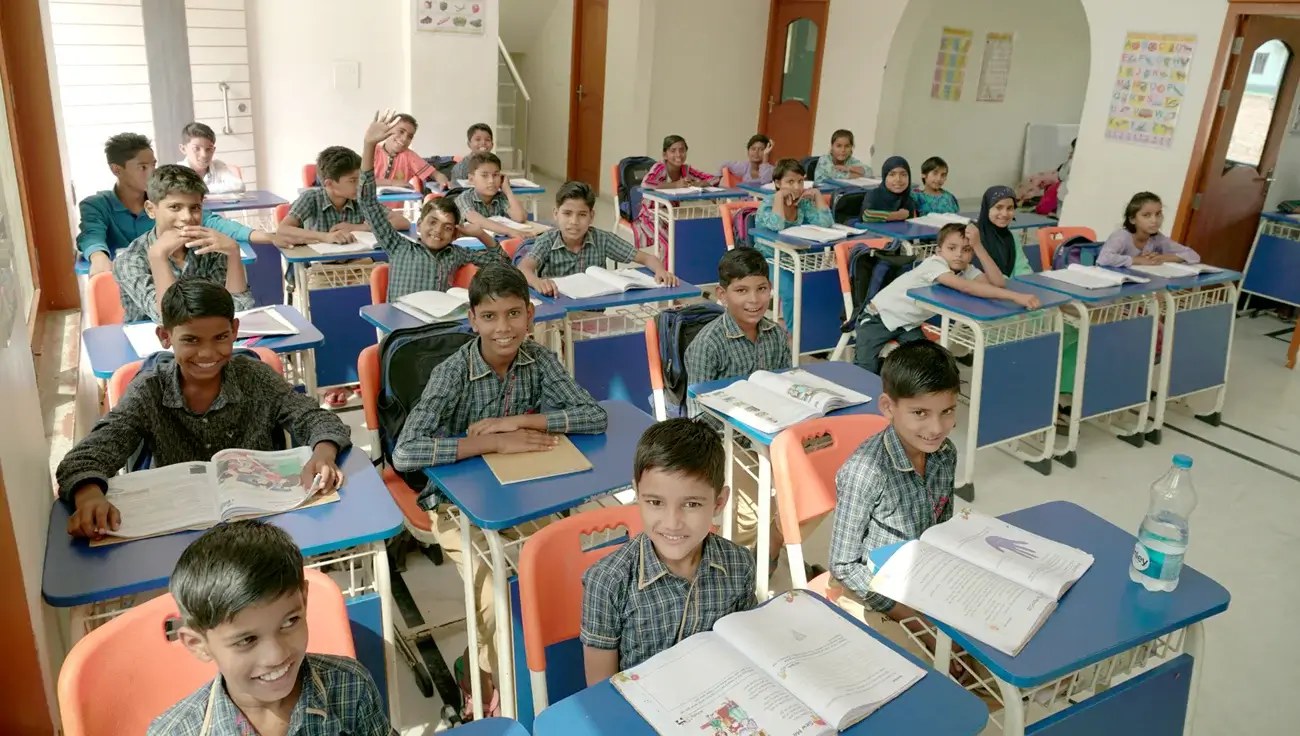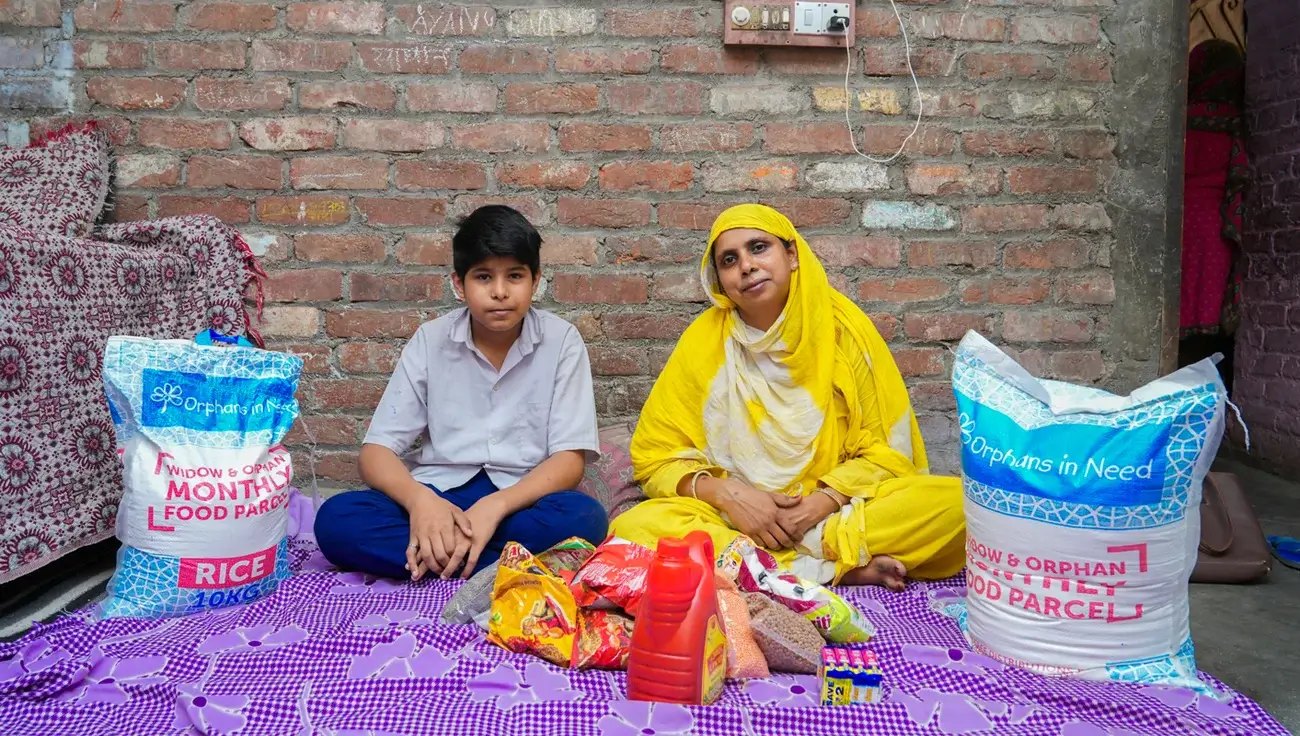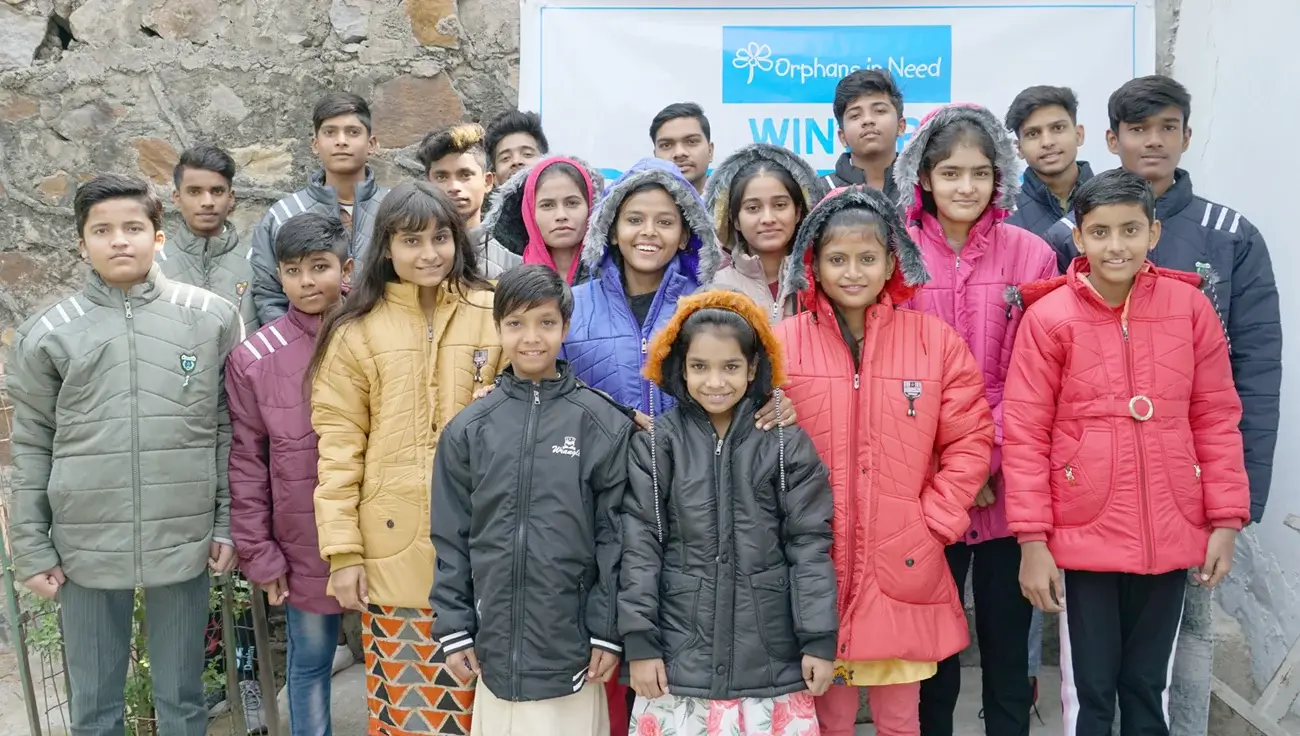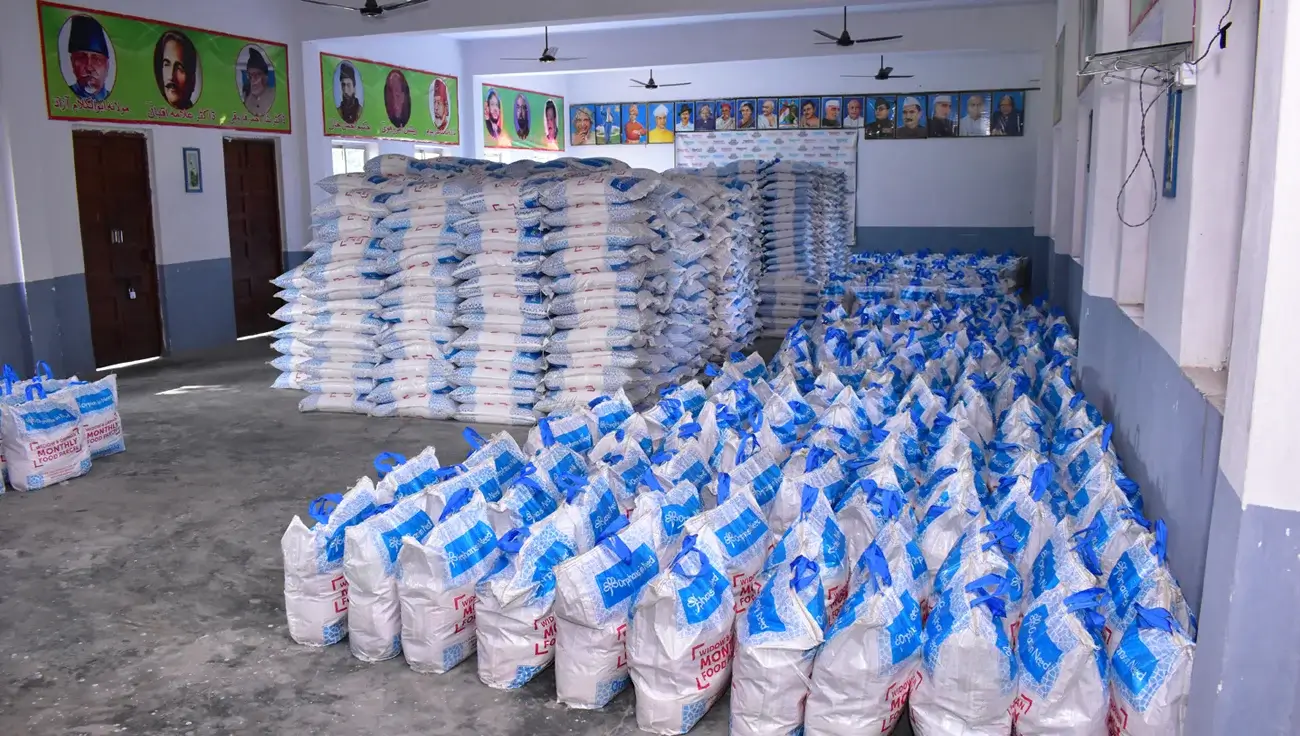Donation Line: 011-41677770
In 2024, child welfare emerges as a critical concern that transcends geographic and cultural limits, demanding a unified, international response. The stakes of child welfare reach deeply, impacting not only the immediate health and safety of the young but also shaping the socioeconomic fabric of societies at large.
Global Imperatives for Child Welfare
Firstly, advocating for child welfare is fundamentally a moral pursuit. Every child, irrespective of their birthplace, is entitled to a life devoid of harm and filled with opportunities to flourish. This principle is enshrined in global agreements and conventions, yet reality often reveals a stark divergence from these ideals.
Economically, the dividends from investing in child welfare are substantial. For example, UNESCO highlights that each dollar spent on extending schooling, especially for girls, can multiply in earnings and health benefits manifold over the original investment.
Beyond economics, the societal impact of robust child welfare systems is profound. Children nurtured in stable environments are less likely to commit crimes and more likely to foster healthy social engagements. This stability cultivates resilient communities and reduces long-term national expenditures on healthcare, criminal justice, and social services.
Challenges to Global Child Welfare
Despite the compelling case for prioritising child welfare, pervasive challenges stall progress. In less developed regions, systemic issues like poverty, healthcare inadequacies, and subpar education systems severely restrict child welfare. Conflict zones further exacerbate vulnerabilities, with children bearing the brunt of violence and displacement.
Moreover, overarching threats such as climate change and global economic instability introduce additional risks to child welfare, with children particularly susceptible to the ramifications of natural disasters and fiscal crises.
Collaborative Strategies for Enhancing Child Welfare
Tackling the complex landscape of global child welfare necessitates a collaborative, cross-border approach. This involves syncing the efforts of international bodies, national governments, NGOs, and communities to pool resources, exchange knowledge, and strategise effectively.
Integrated programs that marry health, education, and welfare services can offer holistic support to children. The success of global vaccination campaigns against diseases like polio underscores the potential of such collaborative international health initiatives.
Advancements in technology also pave new pathways for enhancing child welfare. Digital tools can democratise access to educational content across remote areas, while sophisticated data analytics can optimise strategies for aid delivery and disease prevention.
Empowering Local Communities
For enduring impacts, empowering local communities is crucial. Solutions tailored to specific cultural contexts and driven by local stakeholders are more sustainable and effective. Educational initiatives that resonate with local customs yet advocate for universal values such as equality and human rights can cultivate deeper community engagement and drive transformative change.
Conclusion
The discourse on child welfare is inherently global, intertwined with broader developmental and peace-building objectives. By embracing a collaborative, culturally nuanced approach, the international community can confront the multifaceted challenges of child welfare. Such endeavours not only promise to uplift the conditions of children worldwide but also forge pathways toward a more harmonious and prosperous global society.



